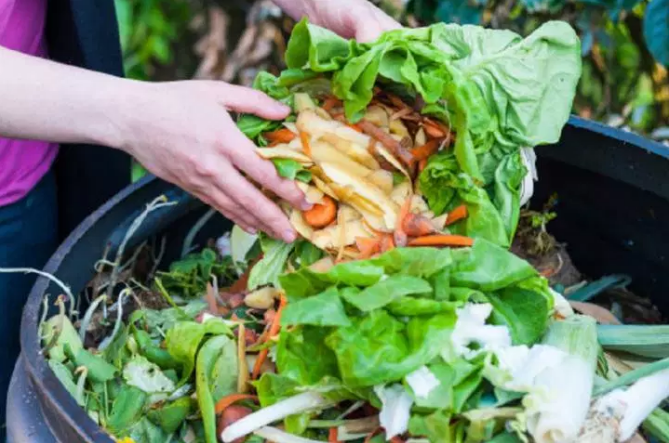After many years and multiple tries, London’s waste diversion plan is one step closer to reality.

City politicians didn’t vote to approve the plan itself, but members of the civic works committee did vote unanimously to bring the plan to the public for feedback.
Right now the amount of waste the diverted from landfills in London is 45 per cent.
The plan presented to the committee Monday outlines how the city can achieve 60 per cent waste diversion by 2022.
While that number looks good, London is a little late to the party.
“The province had asked us to get to 60 per cent by 2008. Now it’s 2018 and it’s going to be 60 per cent around 2022. That’s about 14 years later. I’m disappointed by that,” said Coun. Stephen Turner.
But one city employee said coming late to the party isn’t always a bad thing.
“This is the advantage of coming after other communities. We get to learn from their challenges and not repeat their mistakes,” said Jay Stanford, the city’s director of environmental programs and solid waste.
“I am very confident that we’ll be able to get to 60 per cent and potentially a little bit higher. I think a big chunk of that will be what we decided to do with pet waste and diapers,” he said.
- Alberta to overhaul municipal rules to include sweeping new powers, municipal political parties
- Canada, U.S., U.K. lay additional sanctions on Iran over attack on Israel
- Trudeau says ‘good luck’ to Saskatchewan premier in carbon price spat
- Norad looking to NATO to help detect threats over the Arctic, chief says
One city councillor said Ontario’s new government may have a different plan in mind.
“The plan is based on the assumption that (a 60 per cent diversion rate is) what we’ll need to get in order to have our landfill approved,” said Coun. Michael van Holst.
“I think that the strength of that assumption has been reduced dramatically with the election of this new government.”
Coun. Jesse Helmer, on the other hand, said he thinks the Progressive Conservatives will still want high diversion targets.
“For example, Mr. Hardeman, who is the Minister of agriculture, food and rural affairs, represents the County of Oxford and the County of Oxford is very strongly opposed to the building of a private landfill in Oxford County,” Helmer said.
“Mr. Hardeman has been very clear that he does not want other municipalities sending their garbage to rural Ontario, including Oxford County,” he said.
It wasn’t just the change in government that had van Holst questioning the plan. He also said the city shouldn’t be spending money on waste diversion when there are more important issues that need to be addressed.
“We, so often at this council, make decisions based on a single issue outside the broader context of the city’s challenges, and we’ve got big challenges,” van Holst said.
“I see a landfill site as a huge opportunity. If we can simply dump things into a hole while we deal with the more pressing issues, that’s great for us,” van Holst said.
He added the $6.5-million-a-year cost for a green bin program is not fiscally responsible, but Coun. Tanya Park felt waste diversion can actually open up the city to new financial opportunities.
“I’ve heard a lot of things today that make me quite happy,” Park said. She likes that London is having a discussion about waste avoidance and recovery, and is interested in how recycling could benefit the local economy by making the city a marketplace for recyclables in Southwestern Ontario. “Perhaps this is something London can certainly lead in.”
Council will decide whether to send the plan for public comment Tuesday.








Comments